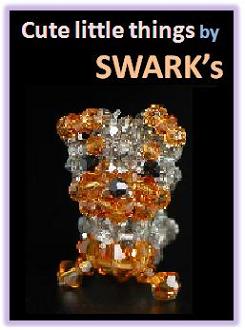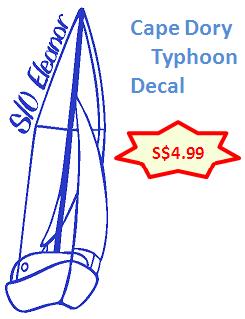I have been fascinated by LED lights since my 1st contact with them 20 years ago, mainly the small greenish light on the computer casing that indicates power on and another for HD spinning… 🙂 These little lights have been serving that application so well, that its still being used.

Calliste head illuminated by forty-eight LEDs
But they have certainly come a long way since its invention. The radical changes to its brightness and colors in the past 10 years, made it useable in many more applications like traffic lights, flashing signages, decorative lighting, automotive lighting, etc … Most interesting to me, small space lighting.. because the common LED light is very narrowly focused, it does not diffuse well for lighting a room, but new LED lights are being introduced at a very fast rate and soon it will be possible for the indoor room lighting that is affordable to most people. I mean.. now it is available, but not that affordable to most. .. and me.. I refuse to afford 1 sensibulb for US$40. Maybe there will come a time when the price will drop to $10.. but in the meantime, using all my education and experimental skills, I am building my own LED cabin lights for Eleanor.. and maybe Calliste, if Doug approves..
I am also hoping that my blogging about it will help fellow sailors switch to these “Amp pinchers”.. .. its really quite cheap if you know how to build it yourself.
LED electric 101

Quick and easy way of trying out my designs.
I classify common LED as 1) between $0.10 to $0.50 ea. 2) available in small quantities (< 1000 pieces). 3) operates at voltage and current range of 2.5-3.5V, 5-100mA.
This picture shows my testing setup. The board with holes is commonly known here as the “breadboard”.. not sure how it got its name.. It is the greatest tool in my electric work kit. Just plug in the resistors and LEDs, and only 2 jumpers in my 1st setup. If you buy this board, read the instruction on how to use it properly.

12V LED circuit. These values are calculated. Real circuit values will differ due to operating tolerance of each component.
Here, I am trying to build a cabin reading light on Eleanor. This light fixture will be connected to a 12V battery. Using this 12V input, I want to generate the optimum amount of reading light with the least energy consumption. The question is, how many LEDs do I need and what current do I supply to the circuit to produce the light that I want?
I start out by testing a series 4 LED setup for 12V and supplying 20mA. The series 4 LED setup is the most efficient for 12V as each LED will be supplied with the optimum 3V voltage (as spec’ed), and the V drop across the resistor is a minimal 0.2V. Since this test is only 1 row of series 4 LED and my target current is 20mA, I calculate the resistance for this circuit using this formula: R= V/ I(target) -> R = 12/ 0.02 -> R = 600 Ohms. The result from this test gives me a initial feel of the brightness of 1 row 4 series LED. Note: 20mA = 0.02A, use 0.02A because the unit of measurement of the formula is A!
Next, I increase the target current to 50mA. Using the same formula: R= 12/0.05 -> R = 240 Ohms. I like this light color and intensity much better. Note, the optimum performance of these common LEDs is in the range of 20 to 30mA. 50mA is not the optimum, but I like it, so I use it.
Now, its a matter of increasing the number of LED rows to achieve the brightness that I want. The key here is, to increase in rows of series 4 LEDs and to adjust the resistance for maintaining 50mA. For adding rows, I apply the principle of current divider in this circuit. To supply 50mA to each row, that means total current across the resistor should be (number of rows) x 50mA. For example, 4 rows series 4(thats 16 LEDs in total) at 50mA each, total current will be 4 x 0.05A, = 0.2A. To supply 0.2A across the resistor, R= 12/0.2 -> 60 Ohms.
Get the picture? Use this sequence of thinking. 1) What is the supply voltage? 2) How many LEDs will the supply voltage support in 1 row? 3) Determine much current to supply and how many rows is needed to get your desired brightness.
Alright, I am satisfied with the 4 rows series 4 setup. Now I am ready to make this fixture. I will post the making of the light fixture later.
How does this LED light compare to other lighting options? Lets see. A 9W flourescent draws 0.8A and produces 400 lumens. My setup here draws 0.2A and produces 128 lumens(estimate from 16 x 8lumens specified in spec). The 9W light fills the cabin better, but the LEDs is a great flicker free reading light for a small area and it uses 1/4 of the current for the 9W light. I would probably be able to light the cabin effectively using 4 LED light fixtures because it produces a 512 lumens brightness in total, but it should be distributed to be effectively. I mean, if all 4 LEDs are mounted together in 1 spot, the light is very bright and focused on 1 area. I find that it is more effective to mount them separately. .. Will show how its setup on Eleanor .. later.. when I finish.. see, I am just posting after every stage of my testing here..





































